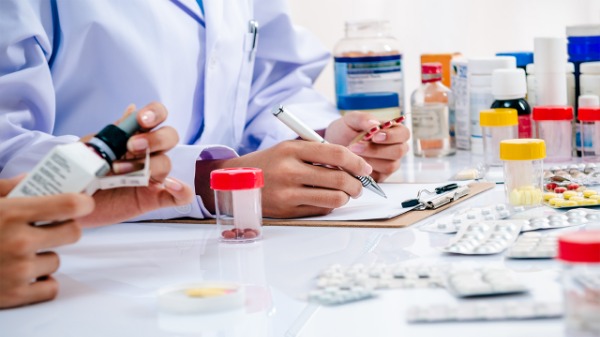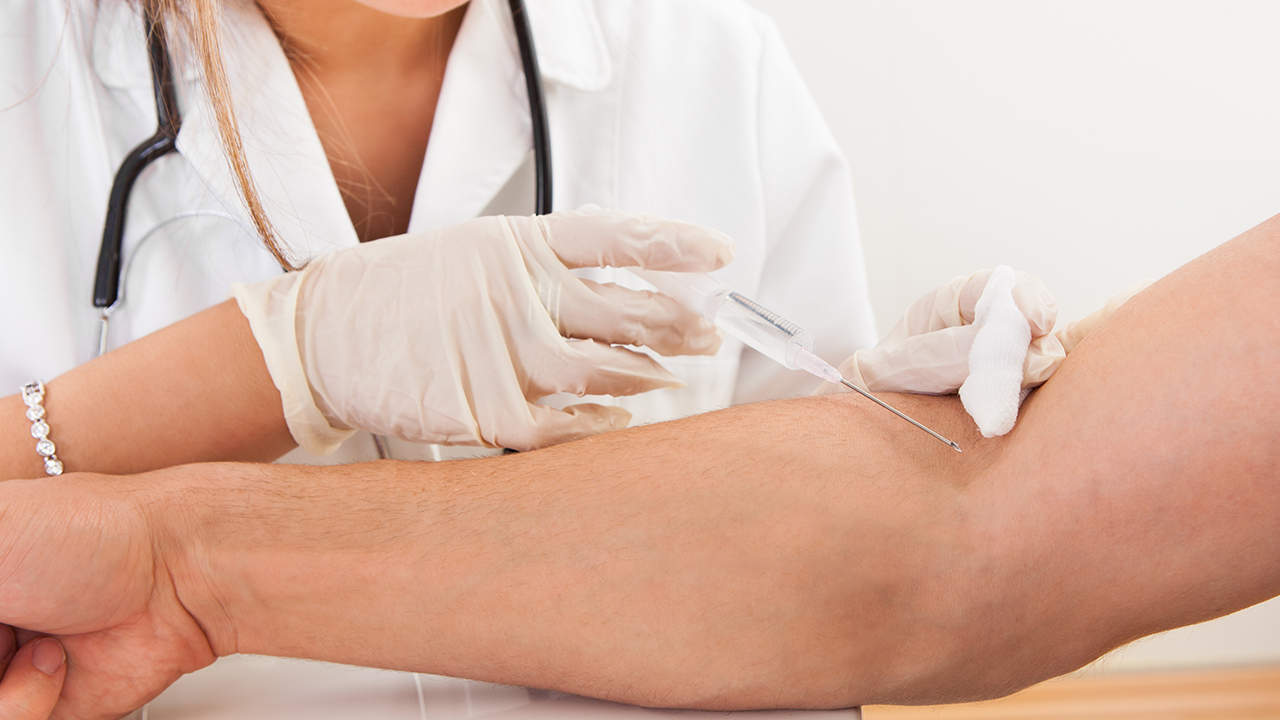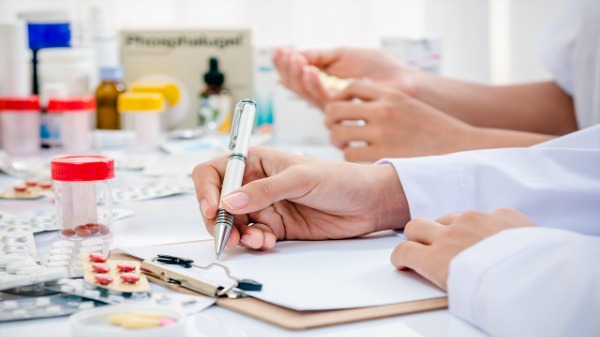How to Diagnose Candidiasis

Candidiasis is a fungal infection caused by Candida, a type of yeast that is normally found on the skin and in the body. However, when Candida overgrows, it can cause infections in the mouth, throat, vagina, or skin.
Symptoms of Candidiasis
The symptoms of candidiasis can vary depending on the location of the infection.
Oral candidiasis (thrush): White or yellow patches on the tongue, cheeks, or gums; sore throat; difficulty swallowing; loss of taste
Vaginal candidiasis (yeast infection): Itching, burning, or irritation in the vagina; thick, white discharge that resembles cottage cheese; pain or discomfort during sex
Skin candidiasis: Red, itchy rash; blisters or sores; peeling skin
Esophageal candidiasis: Difficulty swallowing; pain in the chest or upper abdomen; nausea; vomiting
Invasive candidiasis: Fever; chills; low blood pressure; organ failure
Diagnosis of Candidiasis
Your doctor will likely diagnose candidiasis based on your symptoms and a physical examination. However, your doctor may also order one or more of the following tests to confirm the diagnosis:
Microscopic examination: A sample of cells from the infected area is examined under a microscope to look for Candida.
Culture: A sample of cells from the infected area is grown in a laboratory to see if Candida grows.
Blood test: A blood test can be used to detect antibodies to Candida, which can indicate an infection.
Treatment of Candidiasis
The treatment for candidiasis depends on the location and severity of the infection.
Oral candidiasis: Antifungal medications that are applied directly to the mouth, such as nystatin or clotrimazole
Vaginal candidiasis: Antifungal medications that are inserted into the vagina, such as clotrimazole or butoconazole
Skin candidiasis: Antifungal creams or ointments, such as clotrimazole or miconazole
Esophageal candidiasis: Antifungal medications that are taken by mouth, such as fluconazole or itraconazole
Invasive candidiasis: Intravenous (IV) antifungal medications, such as amphotericin B or caspofungin
Prevention of Candidiasis
There are a number of things you can do to prevent candidiasis, including:
Keep your skin clean and dry. Wash your hands frequently and shower or bathe daily.
Wear loose-fitting, cotton underwear. Avoid wearing tight-fitting clothing that can trap moisture.
Change your underwear daily. Damp underwear can create a breeding ground for Candida.
Avoid using harsh soaps or douches. These products can irritate the skin and make it more susceptible to infection.
Eat a healthy diet. A healthy diet can help to boost your immune system and make you less likely to develop an infection.
Get regular exercise. Exercise can help to reduce stress, which can also help to prevent candidiasis.
Avoid taking antibiotics unnecessarily. Antibiotics can kill the good bacteria that help to keep Candida in check.
If you think you may have candidiasis, it is important to see your doctor right away. Early diagnosis and treatment can help to prevent the infection from spreading and becoming more serious.
The above is all the content that the editor wants to share with you. I sincerely hope that these contents can bring some help to your life and health, and I also wish that your life will be happier and happier.
Tags: #to #how #candidiasis













